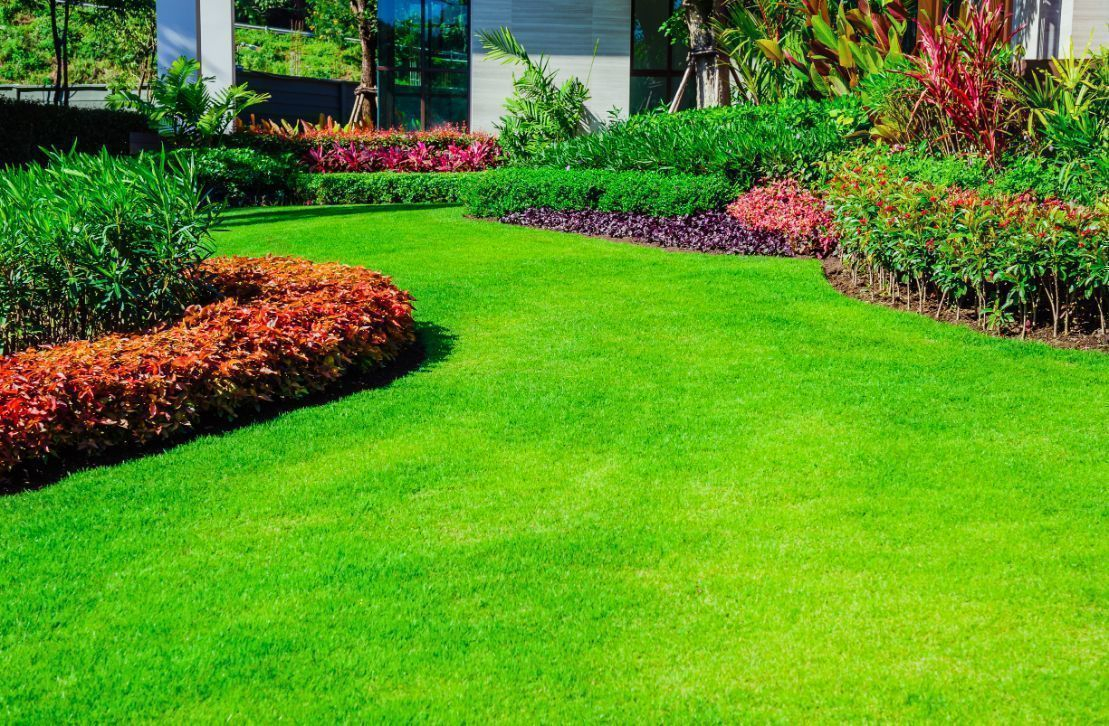Deer are enchanting creatures to observe in their natural habitat, but when they invade your garden or farmland, they can quickly turn into a nuisance. To protect your plants and property, selecting the right deer fence is essential. In this blog, we will explore the different types of fences available and help you determine the best fence to keep these graceful herbivores at bay.
Understanding the Problem
Before delving into the specifics of deer fencing, it’s important to understand the challenges deer pose. Deer are excellent jumpers, and they can clear obstacles that are over 8 feet high with ease. They also have an acute sense of smell and are curious creatures, making them relentless when it comes to seeking out new food sources.
Types of Deer Fencing
- Traditional Fencing
- Traditional fencing, such as chain-link or wood, can effectively deter deer. However, they need to be at least 8 feet high to be a significant barrier.
- The downside is that they can be expensive, obstruct your view, and may not be the most aesthetically pleasing option.
- Electric Fencing
- Electric fencing delivers a shock to any deer that tries to cross it. It is highly effective but requires maintenance and regular checking to ensure it’s working correctly.
- This type of fencing is more commonly used in agricultural settings.
- Invisible Fencing
- Invisible or electric fencing is a humane option for smaller areas or gardens. It relies on a hidden wire that delivers a mild shock to deter deer from crossing a predetermined boundary.
- This method is less effective than other types of fencing but is less obtrusive.
- Deer-Resistant Plantings
- Planting deer-resistant species can serve as a natural deterrent. While it won’t completely prevent deer from entering your property, it can reduce their interest in your garden.
- Consult with a local nursery or horticulturist to choose appropriate plants for your region.
- Netting and Mesh Fencing
- Lightweight netting and mesh fencing can be a cost-effective solution. These can be draped over plants or installed around the perimeter of your garden.
- They are not a foolproof method but can work well when used in conjunction with other fencing options.
Best Practices for Choosing a Deer Fence
- Determine Your Needs:
- Identify the areas you need to protect, whether it’s your entire property, a garden, or specific plants.
- Consider your budget, aesthetic preferences, and local regulations.
- Choose the Right Height:
- For full property protection, an 8-foot fence is the most reliable option. However, for gardens or smaller areas, 6 feet may suffice.
- A two-tier fence system (two 4-foot fences a few feet apart) can also be effective.
- Regular Maintenance:
- Keep fences in good condition by repairing any damage and ensuring that electric fences are operational.
- Trim any nearby vegetation that deer could use to jump over your fence.
- Combine Multiple Methods:
- To increase effectiveness, you can use a combination of different fencing types along with deer-resistant plantings.
Conclusion
Selecting the best fence for deer is a critical decision to protect your property from these majestic but pesky herbivores. The right choice depends on your specific needs, budget, and aesthetic preferences. Keep in mind that no fence is entirely deer-proof, but with the right approach and maintenance, you can significantly reduce deer damage and maintain the beauty of your landscape. Take the time to research and plan your deer fencing strategy, and you’ll be able to enjoy your garden without worrying about unwelcome visitors.

Leave a Reply